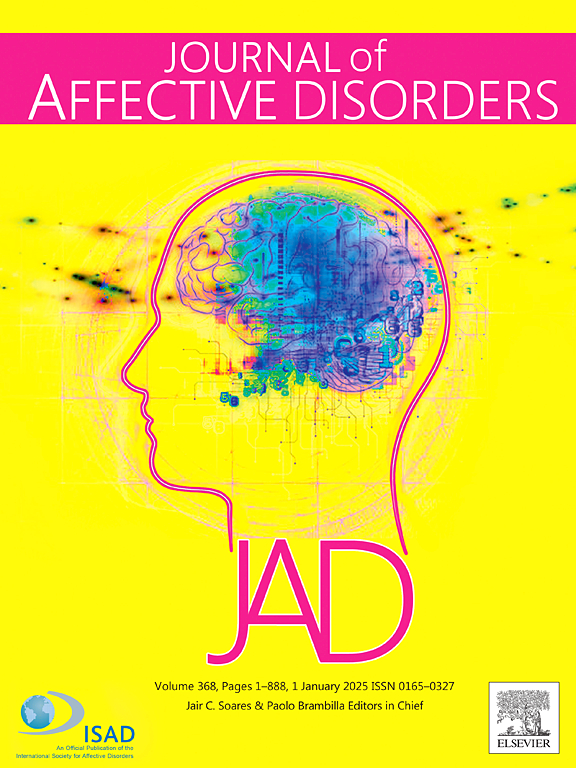The neurobiological mechanisms underlying the placebo phenomenon in patients with major depressive disorder (MDD) remain largely unknown. The progressive rise in rates of placebo responses within clinical trials over the past two decades may impede the detection of a true signal and thus present a major obstacle in new treatment development. Understanding the mechanisms would have several important implications, including (1) identifying biomarkers of placebo responders (thereby identifying those individuals who could benefit therapeutically from such interventions), (2) opening new avenues for manipulating such mechanisms to maximize symptom reduction, and (3) refining treatments with approaches that decrease (in clinical trials) or increase (in clinical practice) the placebo response. Here we investigated the research question: is the dopaminergic system one of the neurobiological underpinnings of the placebo response within MDD? Inspired by preclinical and clinical findings that have implicated dopamine in the occurrence, prediction, and expectation of reward, we hypothesized that dopaminergic activity in the mesolimbic system is a critical mediator of placebo response in MDD. To test this hypothesis, we designed a double-blind, placebo-controlled, sequential parallel comparison design clinical trial aimed at maximizing placebo antidepressant response. We integrated behavioral, imaging, and hemodynamic probes of mesocorticolimbic dopaminergic pathways within the context of manipulations of psychological constructs previously linked to placebo responses (e.g., expectation of improvement). The aim of this manuscript is to present the rationale of the study design and to demonstrate how a cross-modal methodology may be utilized to investigate the role of reward circuitry in placebo response in MDD.


